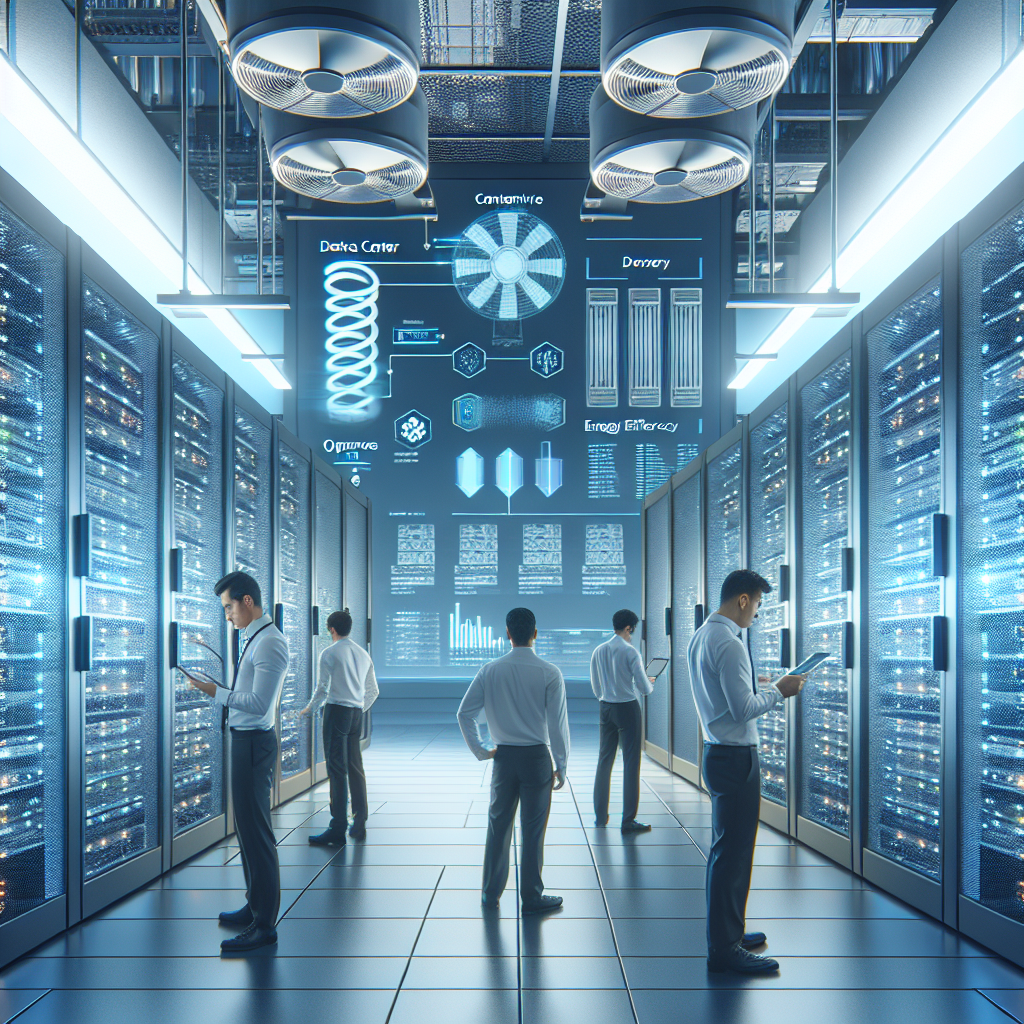Your cart is currently empty!
Optimizing Data Center HVAC Systems for Energy Efficiency

In today’s digital age, data centers are becoming increasingly vital to businesses of all sizes. These facilities house the servers and equipment that store and process massive amounts of data, making them essential for the smooth operation of everything from e-commerce websites to cloud computing services.
However, data centers also consume a significant amount of energy, with cooling systems accounting for a large portion of this energy usage. In fact, according to a report by the U.S. Department of Energy, data centers can consume up to 100 times more energy per square foot than a typical office building.
As businesses strive to reduce their carbon footprint and cut costs, optimizing data center HVAC systems for energy efficiency has become a top priority. Here are some strategies that can help data center operators achieve this goal:
1. Implementing Hot Aisle/Cold Aisle Containment: One of the most effective ways to improve energy efficiency in a data center is to implement hot aisle/cold aisle containment. This design separates the hot exhaust air from the cold intake air, reducing the workload on the HVAC system and improving cooling efficiency.
2. Using Economizers: Economizers are devices that use outside air to cool the data center when the ambient temperature is lower than the temperature inside the facility. By taking advantage of free cooling, data center operators can reduce their reliance on mechanical cooling systems and save energy.
3. Upgrading to Energy-Efficient HVAC Equipment: Older HVAC systems may be inefficient and consume more energy than necessary. By upgrading to energy-efficient equipment, such as variable speed drives and high-efficiency chillers, data center operators can reduce energy consumption and lower operational costs.
4. Implementing Thermal Mapping: Thermal mapping involves using sensors to monitor temperature variations within the data center, allowing operators to identify hot spots and optimize airflow to improve cooling efficiency. By addressing these hot spots, data center operators can prevent equipment overheating and reduce energy consumption.
5. Implementing Virtualization: Virtualization technology allows data centers to consolidate servers and reduce the overall heat load, leading to lower cooling requirements. By virtualizing servers, data center operators can achieve significant energy savings and improve overall efficiency.
In conclusion, optimizing data center HVAC systems for energy efficiency is essential for businesses looking to reduce their environmental impact and lower operational costs. By implementing strategies such as hot aisle/cold aisle containment, using economizers, upgrading HVAC equipment, implementing thermal mapping, and virtualizing servers, data center operators can achieve significant energy savings while ensuring reliable performance and uptime.

Leave a Reply